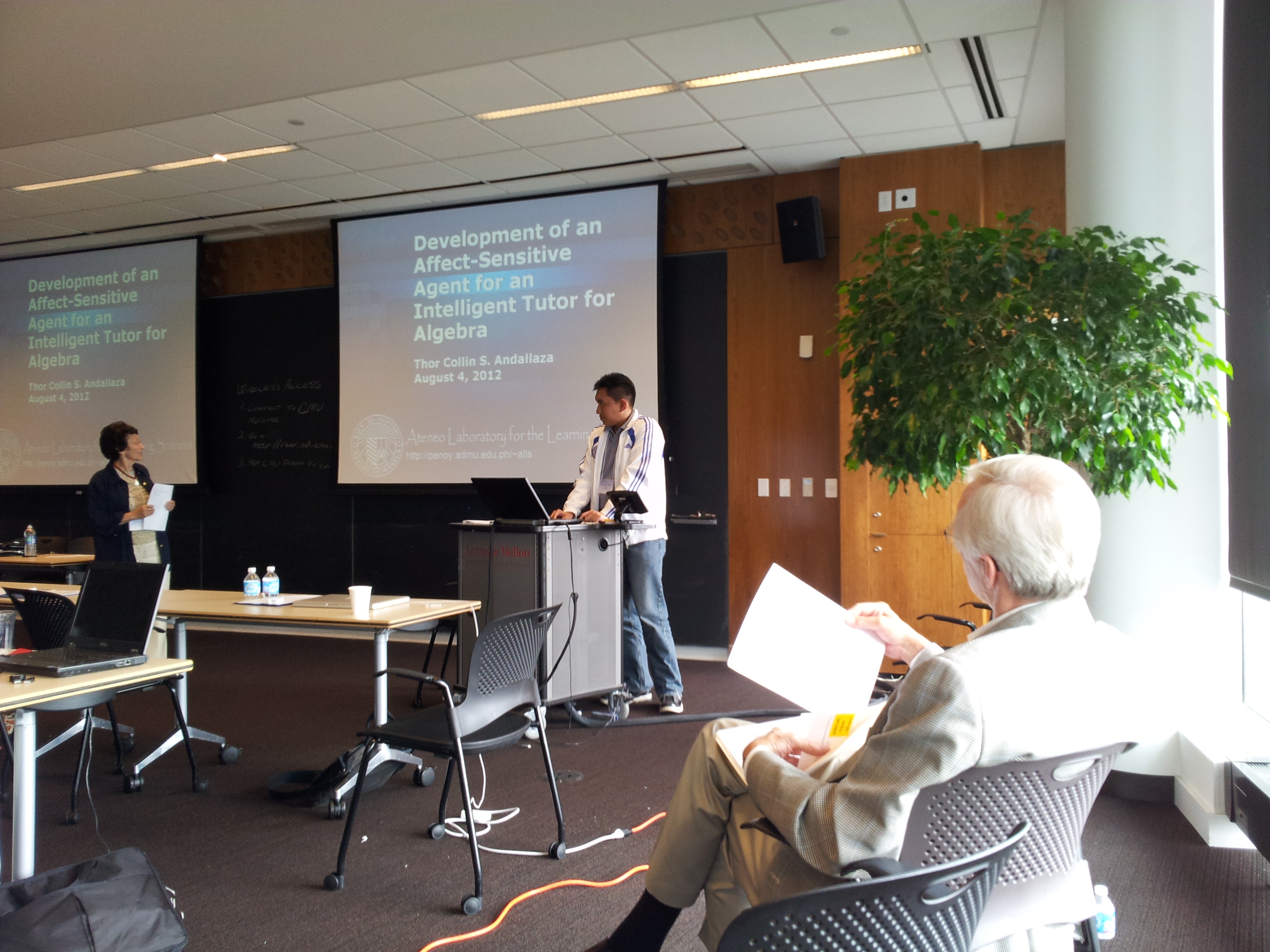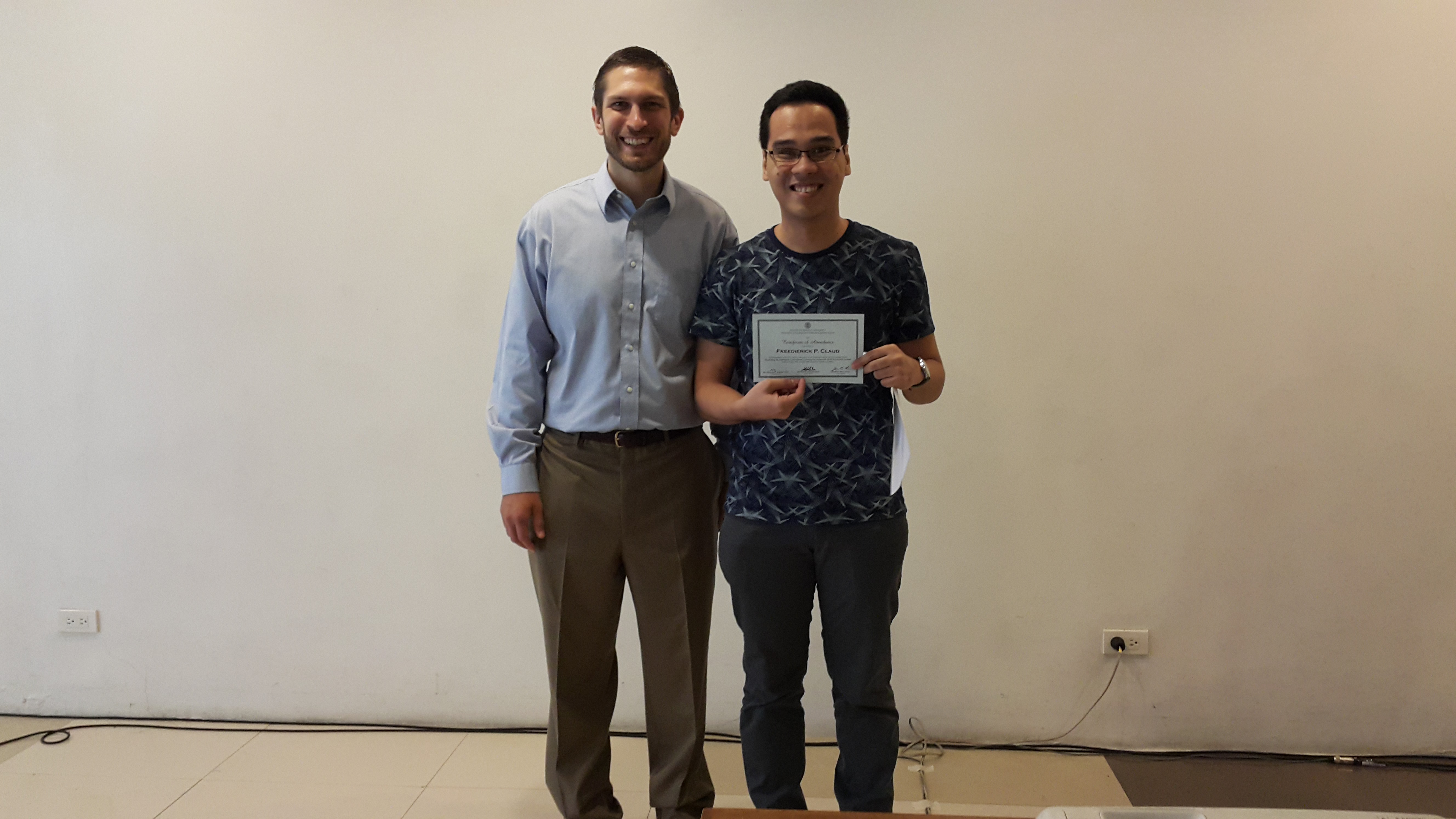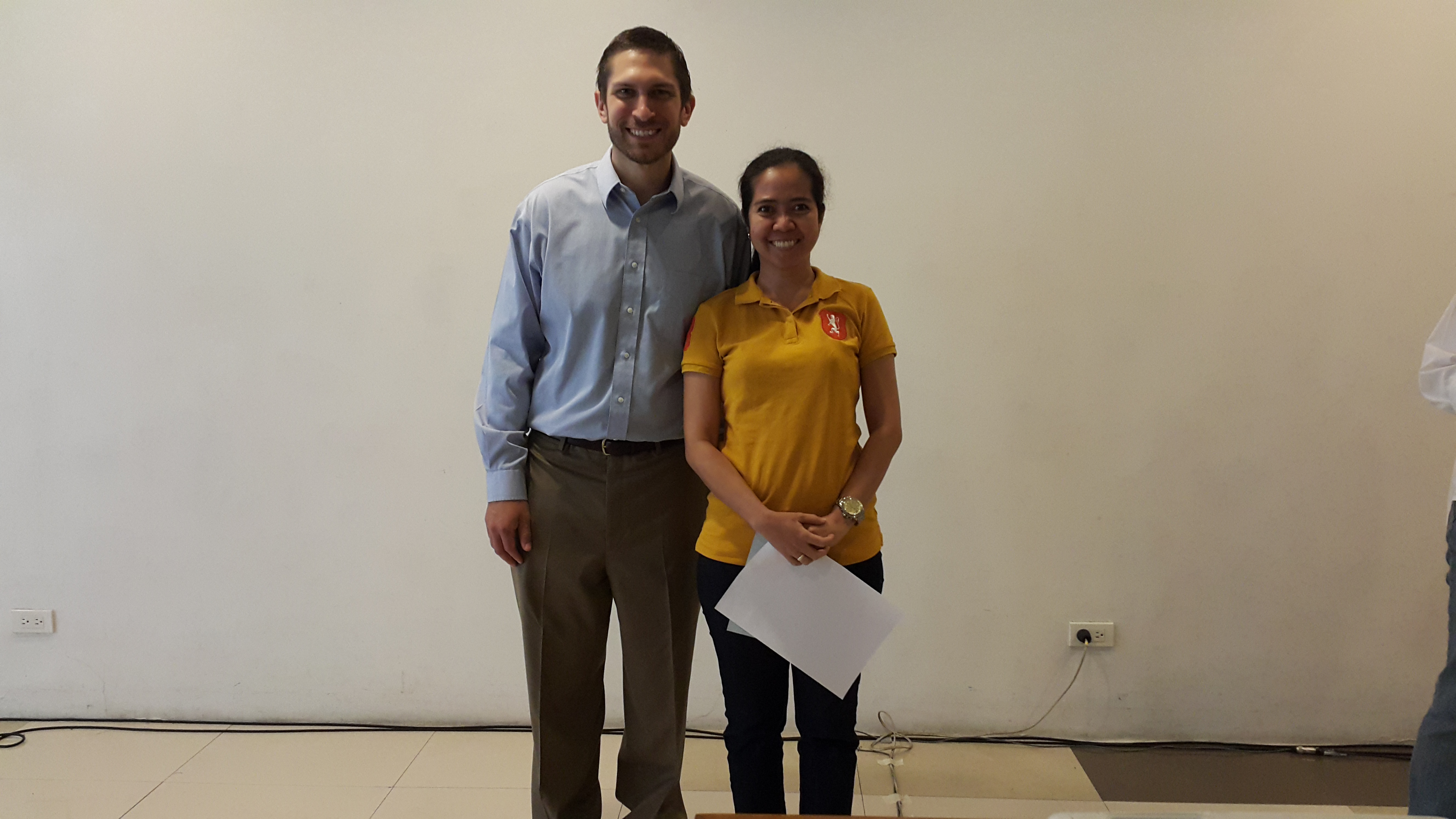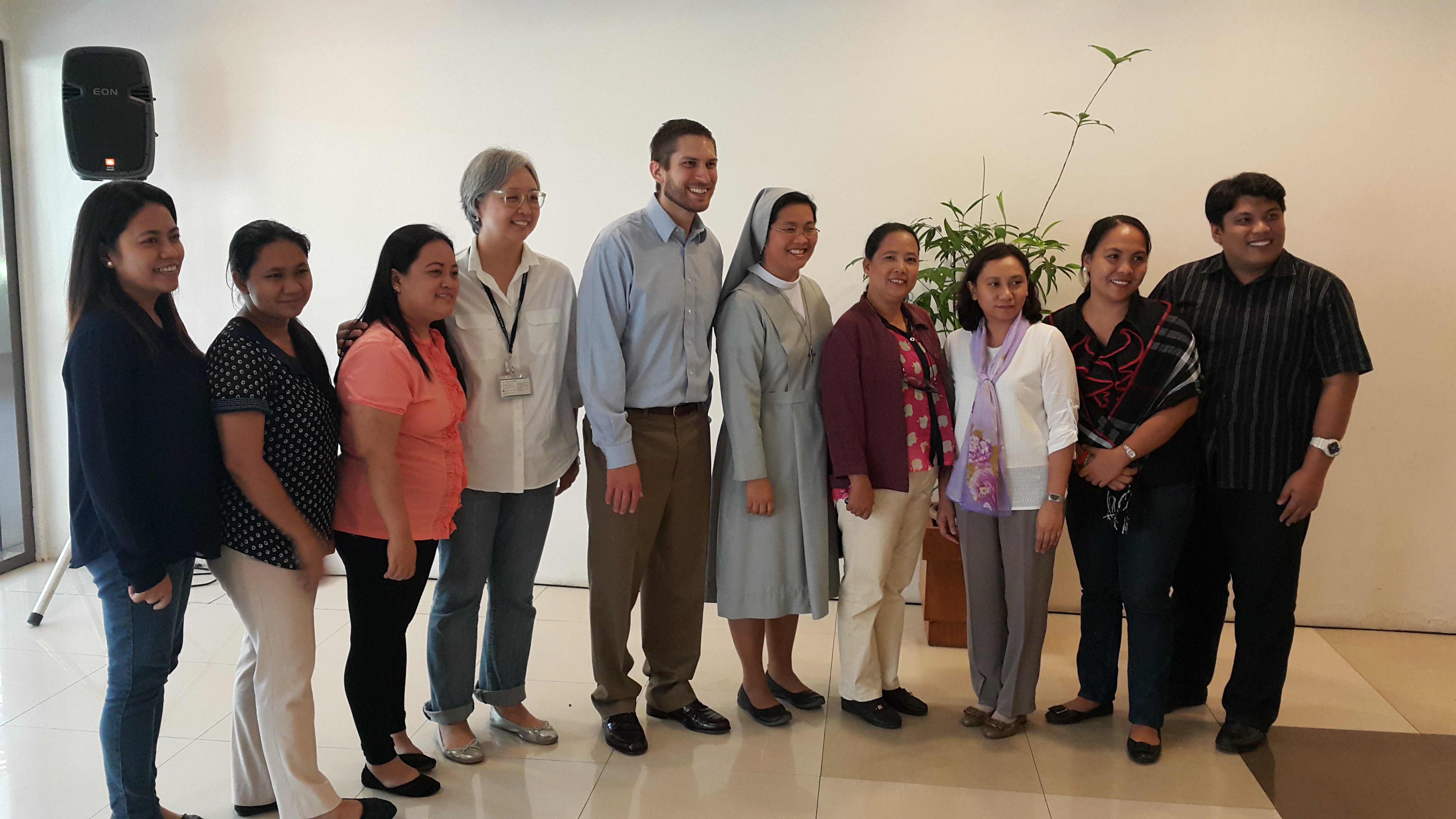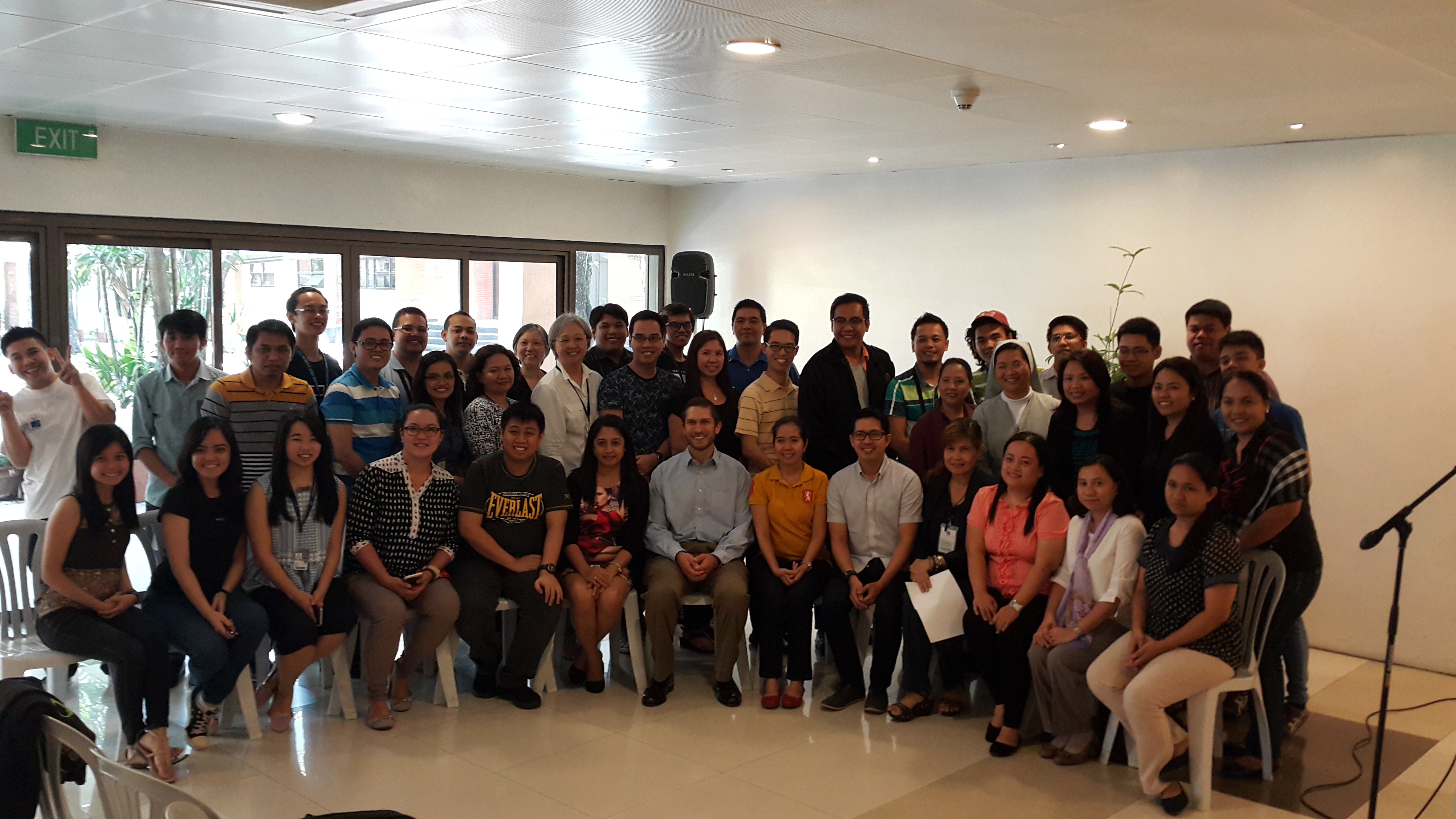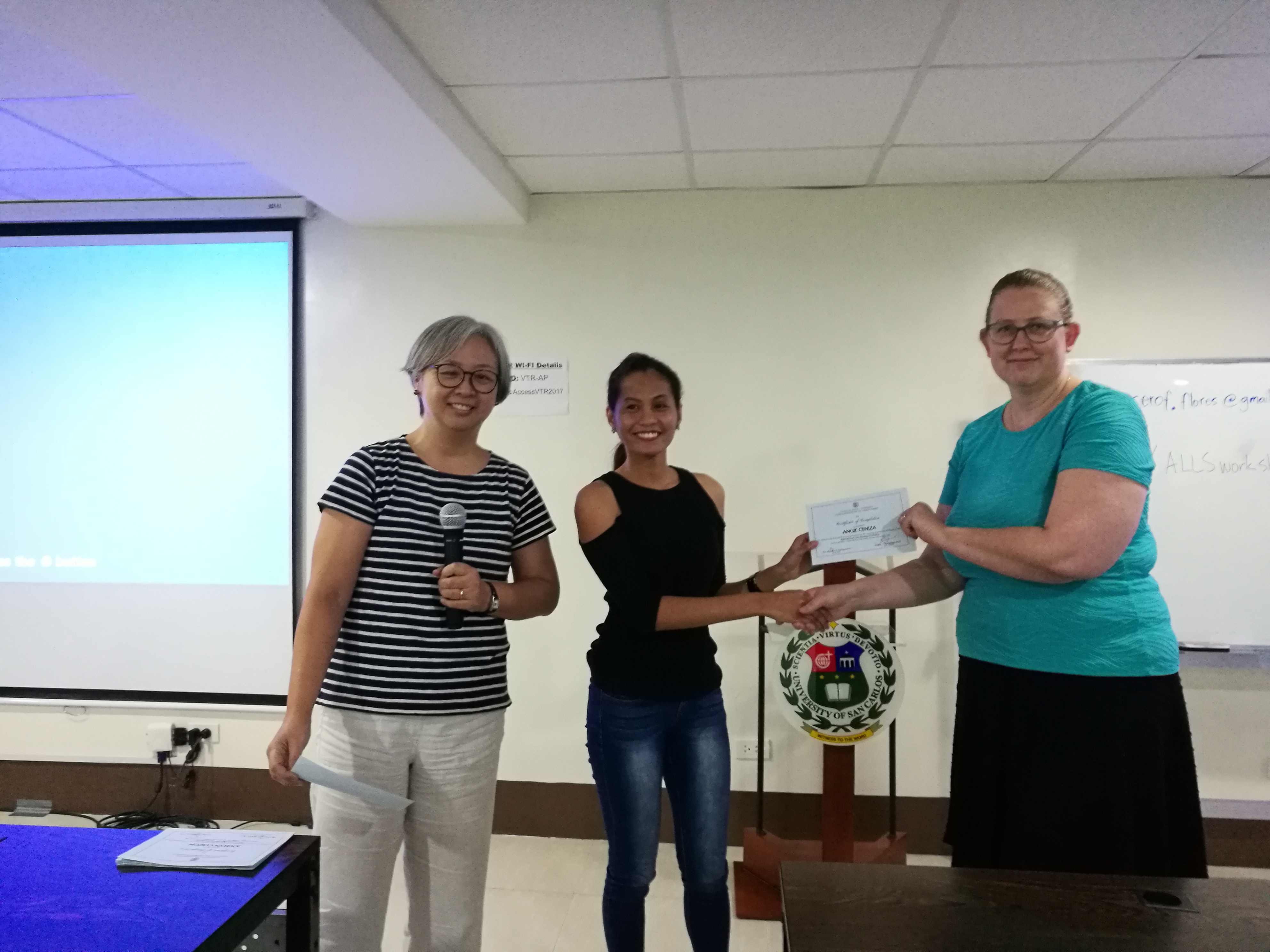Background
COVID-19 forced schools and universities to deploy distance learning solutions in order to reach the approximately 1.5 billion students affected worldwide (UNESCO-A, 2002). In the Philippines, face-to-face classes were suspended following the proclamation placing the entire Luzon under enhanced community quarantine from March 15 – April 14, 2020 (Proclamation No. 929 s. 2020 by the President of the Philippines, 2020), which was later extended until April 30. The Commission on Higher Education (CHED) advised higher education institutions to implement distance learning methods in an effort to provide students with academic continuity despite the suspensions. The Ateneo de Manila University were among those who shifted to distance learning to maximize the academic term. The school was halfway through the Second Semester of Academic Year 2019-2020 when class suspensions were implemented. Hence, ADMU resorted to online teaching and learning methods from March 16, 2020 to May 8, 2020.
This abrupt shift to distance or online modes is referred to as Emergency Remote Teaching (ERT). ERT is the temporary shift of instruction from a face-to-face or blended mode to an alternate delivery mode in response to the COVID-19 crisis (Hodges, Moore, Lockee, Trust, & Bond, 2020). It involves the use of fully remote jumping castle teaching solutions such as mobile learning, radio, Zoom-based lectures, or any other methods that are contextually feasible.This move to ERT (Milligan, 2020) was unprecedented in scale, with both teachers and students employing a trial-and-error strategy to muddle through the uncertainty (Burgess & Sievertsen, 2020). Institutions of varying types and sizes all over the world were forced to improvise quick solutions in unprecedented circumstances (Hodges, Moore, Lockee, Trust, & Bond, 2020). The crisis required the academic manpower to redesign in a short period of time what was supposed to be an already planned out academic term.
This research is part of a larger multi-national, multi-institutional study to learn how universities adapted to emergency remote teaching and what effects these adaptations had on students, administrators, and faculty.
Research Objective
The main objective of this research project is to determine the ways in which administrators and faculty adapted to emergency remote teaching to provide students with academic continuity when schools had to abruptly shift to online modes. Specifically, it aims to answer the question: How did administrators, faculty, and students implement and cope with emergency remote teaching when face-to-face classes were suspended as a response to the COVID-19 crisis?
Consequently, the study also aims to contribute through its results to the larger multi-national, multi-institutional study that seeks to compare and contrast strategies in which universities adapted to the crisis.
Explanation of the Interdisciplinary Component
The research is situated at the intersection of education and technology. The research questions are concerned with technology access and usage, teaching and learning strategies, and learning outcomes.
Significance and Potential Impact In Any Of The Priority Areas
The research falls within the education reform priority area. Findings from this study may have an impact on current transitions to online education in areas of curriculum design, teacher preparation, policy preparation, and technology use and innovation. In time of global flux, one of the roles of universities is to provide an even keel. As a QS (2020) report stated: Higher education should lead the way in showing a calm and measured approach to crisis management while remaining decisive and effective without minimizing or dismissing credible risks.
Funded by: Ateneo University Research Council (URC)

